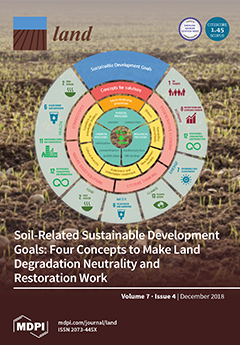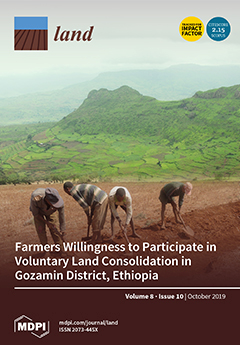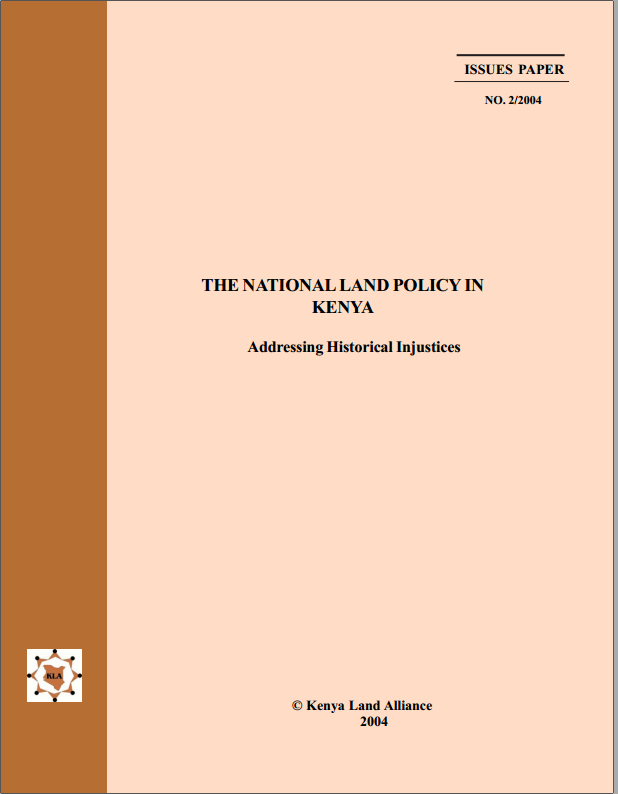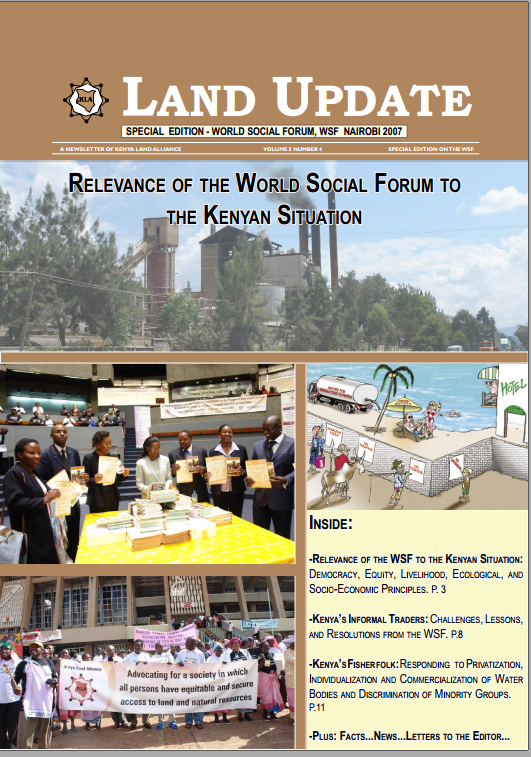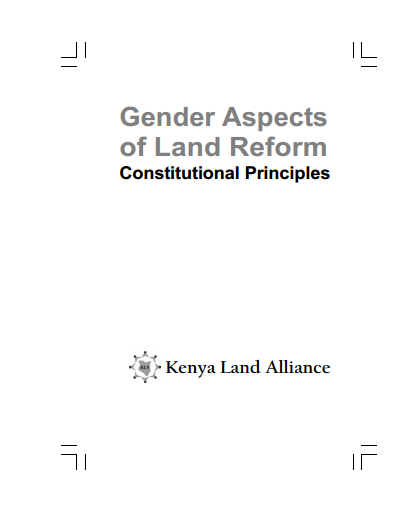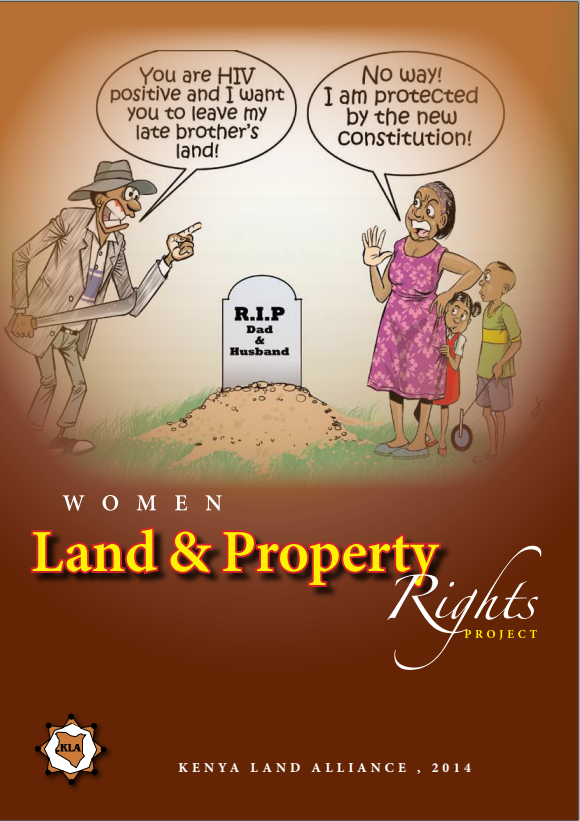Soil-Related Sustainable Development Goals: Four Concepts to Make Land Degradation Neutrality and Restoration Work
In the effort to achieve the Sustainable Development Goals (SDGs) related to food, health, water, and climate, an increase in pressure on land is highly likely. To avoid further land degradation and promote land restoration, multifunctional use of land is needed within the boundaries of the soil-water system. In addition, awareness-raising, a change in stakeholders’ attitudes, and a change in economics are essential. The attainment of a balance between the economy, society, and the biosphere calls for a holistic approach.
Public Green Infrastructure Contributes to City Livability: A Systematic Quantitative Review
Consistent with the Land Urbanism and Green Infrastructure theme of this special issue of Land, the primary goal of this review is to provide a plain language overview of recent literature that reports on the psychological, physiological, general well-being, and wider societal benefits that humans receive as a result of experiencing public green infrastructure (PGI) and nature in urbanized landscapes.
Urban River Recovery Inspired by Nature-Based Solutions and Biophilic Design in Albufeira, Portugal
Mass urbanisation presents one of the most urgent challenges of the 21st century. The development of cities and the related increasing ground sealing are asking even more for the restoration of urban rivers, especially in the face of climate change and its consequences. This paper aims to demonstrate nature-inspired solutions in a recovery of a Southern European river that was canalised and transformed in culvert pipes.
The Effect of the Gully Land Consolidation Project on Soil Erosion and Crop Production on a Typical Watershed in the Loess Plateau
The Gully Land Consolidation Project (GLCP) was launched to create more arable land by excavating soil from the slopes on both sides of gullies, combined with simultaneous comprehensive gully prevention and control measures. The purpose of the GLCP is to increase crop production and reduce soil erosion to achieve ecological and agricultural sustainability.
Interactive Relationship among Urban Expansion, Economic Development, and Population Growth since the Reform and Opening up in China: An Analysis Based on a Vector Error Correction Model
Based on cointegration analysis, a vector error correction model (VECM), and the impulse response function method, this paper empirically analyses the interaction among urban expansion, economic development, and population growth in China from 1980 to 2016. The results show that (I) there is a long-term equilibrium relationship among urban expansion, economic development and population growth, but there is an imbalance in the short term. When urban expansion deviates from the long-term equilibrium, it cannot be restored to equilibrium in the short term.
The National Land Policy in Kenya Addressing Historical Injustices
The Historical Injustices Issues Paper seeks to present the various historical land claims issues and perspective related to them and consequently proffer policy statements for their redress.
Land Mali Umma
For a long time the issue of land and related problems has been debated mostly by academicians, politicians and professionals. Although the problem has remained more or less one of the most talked of in Kenya, the public has very often been left out of the debate. Again mostly the debate has been dominated more by complaining about either the lack of policy or the bad land policies and laws and the failure by successive governments to correct those problems.
Relevance of the World Social Forum to the Kenyan Situation
The World Social Forum in Nairobi in January 2007 was a timely New Year rallying event for Kenyans to revisit the fundamental principles for building a democratic and sustainable society as we prepare for December 2007 elections.The current organizing principles of the institutions that govern us in Kenya are narrow and serve the few at the expense of the many millions of Kenyans that live in abject poverty. Yet, from all corners of the country it is acknowledged that it is within our collective ability to create a healthy and sustainable society that serves and work for all
Gender Aspects of Land Reform Constitutional Principles
Throughout this pocket size booklet, Land Reform Volume 4, KLA proposes that collectively as a nation, and especially during this time of the constitutional review process. The principles outlined be embraced with the purpose of providing women a deliberate opportunity to engage in decision-making as regards land-use,management and ownership.
Unjust-Enrichment-Volume 2
The figures of public resources estimated to have been channeled into private pockets are so high one hopes, obviously against hope, that they would turn out to be typographical errors. The figures of public resources estimated to have been channeled into private pockets are so high one hopes, obviously against hope, that they would turn out to be typographical errors.
Land & Property Rights
The women Land Rights Project is a project of Kenya Land Alliance that aims at actualisation Women land and property rights, as provided in the Constitution of Kenya, 2013 and as a means towards poverty alleviation. This considering the fact that, in Kenya where the foundation of most communities is Agriculture and livestock production, women contribute up to 80% of workforce yet they only hold 1% of registered land in their names and around 5-6% of registered titles are held in joint names (Kenya Land Alliance, 2013).


